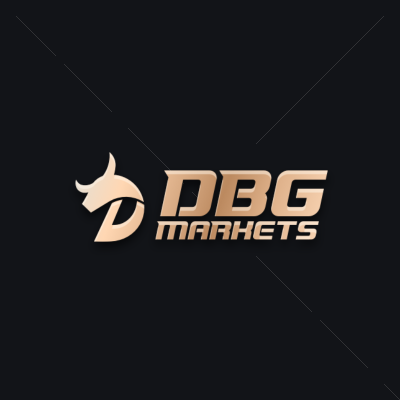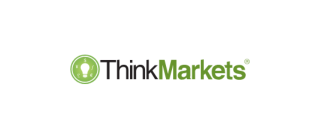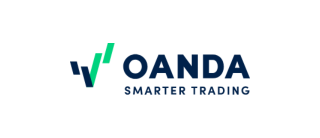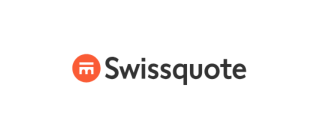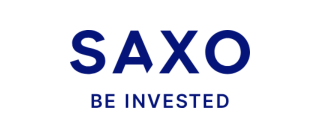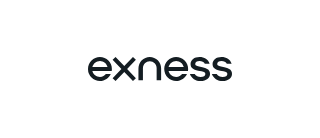In the ever-evolving world of financial trading, understanding how to minimize costs is essential for both novice and seasoned traders. The year 2025 brings new opportunities and challenges, particularly when it comes to managing expenses on platforms like DBG Markets. This article delves into the analysis of spreads and the role that fixed and floating options play in reducing overall trading costs.
Understanding Spreads on DBG Markets
Spreads are the difference between the buying and selling prices quoted for an asset. On DBG Markets, these can vary widely depending on the asset type, market conditions, and the trader's chosen strategy. A tight spread allows traders to enter and exit positions more efficiently, potentially saving significant amounts over time. Understanding how spreads function is crucial for anyone looking to manage their trading expenses effectively.
The Role of Fixed Options
Fixed options provide traders with predetermined costs and outcomes, which can be particularly beneficial in volatile markets. By locking in a specific price, traders can avoid the uncertainty of fluctuating rates, which can lead to unexpected expenses. This predictability helps in budgeting and planning trades, ensuring that traders can maintain a steady approach to their investments.
Floating Options: Flexibility in Trading
On the other hand, floating options offer flexibility, allowing traders to adapt to changing market conditions. While this flexibility can be advantageous, it also introduces variability in costs. Traders must carefully consider how much risk they are willing to take on and how this aligns with their overall trading goals. Floating options can be a powerful tool for those who can monitor market movements closely and adjust their strategies accordingly.
Combining Strategies for Optimal Results
To truly minimize trading costs, a combination of fixed and floating options might be the most effective strategy. By using fixed options for stable assets and floating options for those with potential volatility, traders can balance risk and reward while keeping costs in check. This hybrid approach requires a keen understanding of market dynamics and personal trading preferences.
Conclusion: A Balanced Approach
As we look towards 2025, traders on DBG Markets have the opportunity to refine their strategies by leveraging both fixed and floating options. Each has its own merits, and understanding when to use them can make a significant difference in managing trading expenses. By combining these tools thoughtfully, traders can achieve a balanced approach that enhances their overall trading experience.
